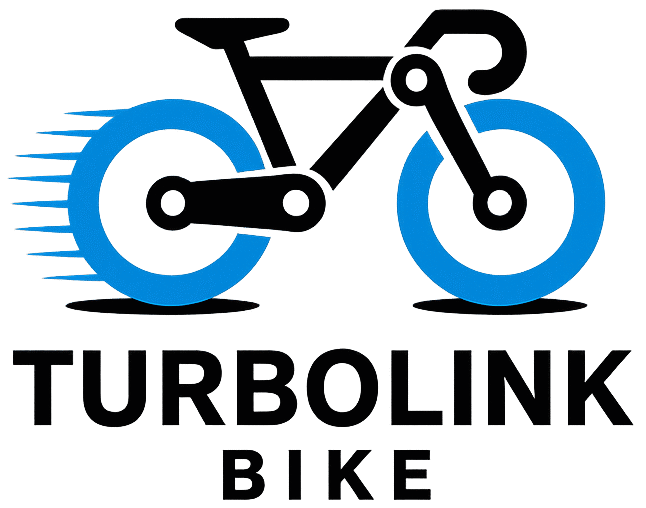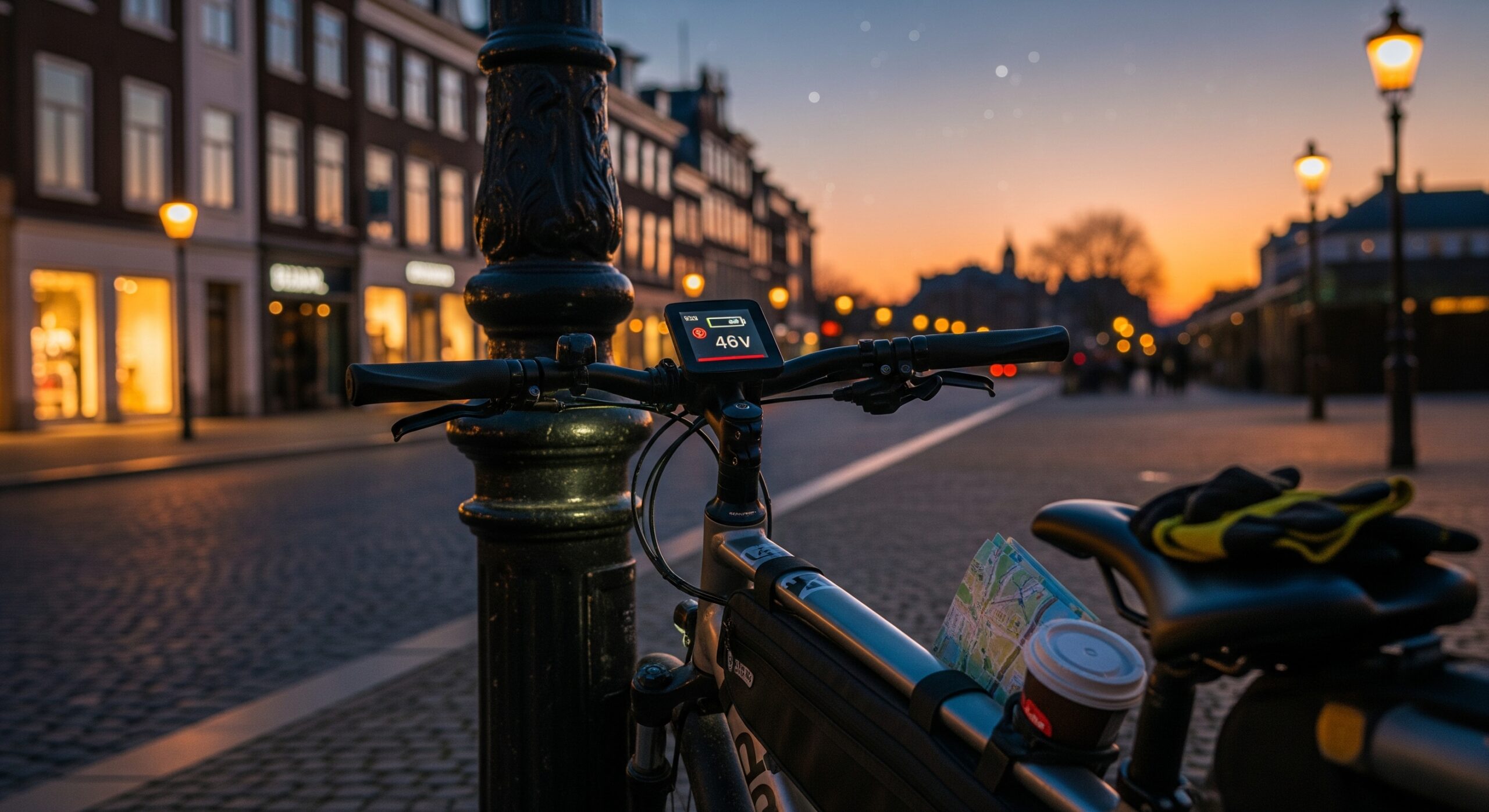How Far Can a Juiced E-Bike Go? A Real-World Range Test Breakdown
Introduction — “The Real-World E-Bike Range Dilemma”
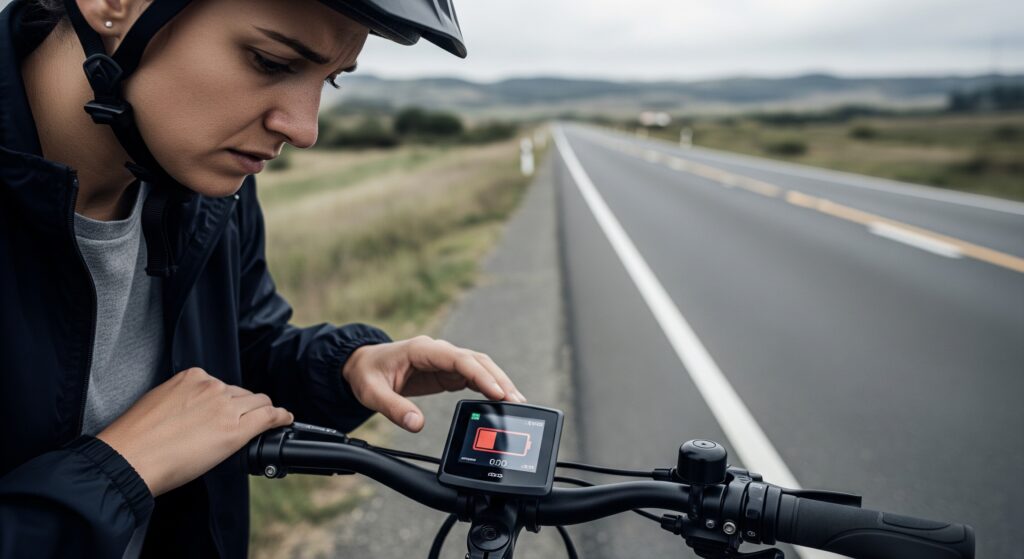
Let’s be honest: if you’ve ever eyed that sweet e-bike in your cart and hesitated at checkout, chances are the word range gave you pause.
It’s not just you. We’ve all seen those dreamy numbers: “Up to 75 ”miles!”—only to discover later that “up to” assumes you’re a featherweight coasting downhill with a tailwind. Real-world conditions? They tell a different story.
That’s exactly why we set out to answer the question that keeps so many riders Googling late at night: How far can an e-bike really go… when it’s doing real work?
Our mission? Ride like a typical commuter—no babying the bike, no ultra-optimized conditions—and see what the Juiced CrossCurrent X Step-Through, equipped with a 52V 15Ah battery, can actually deliver on a full charge.
Spoiler alert: the results might surprise you.
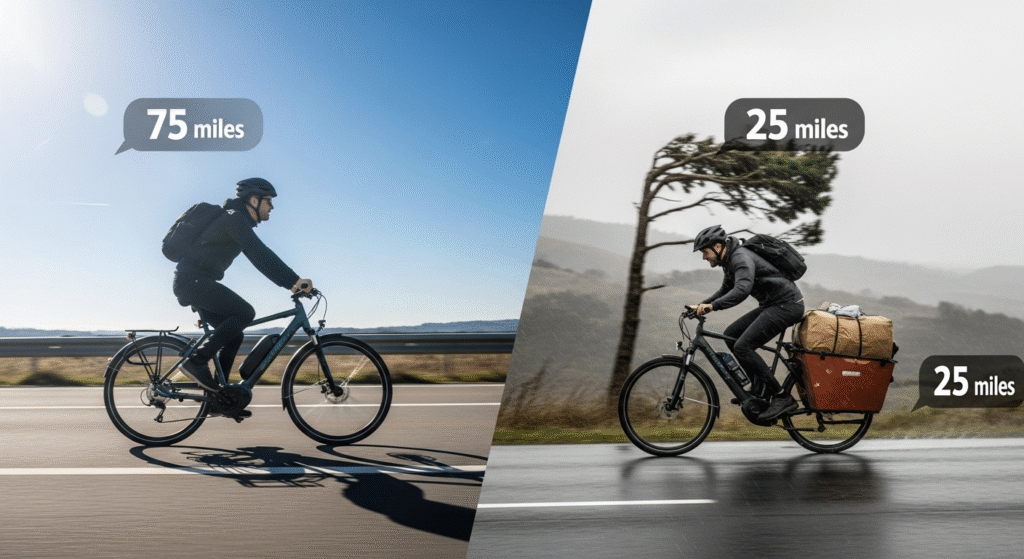
In this breakdown, we’ll walk you through:
- Why e-bike range claims are so slippery
- What we learned from over 100 miles of mixed riding
- What affects real-world range the most
- Tips to help you get the most from your own battery
Because of range anxiety? It’s real. But it doesn’t have to rule your ride.
Why E-Bike Range Is So Confusing ?
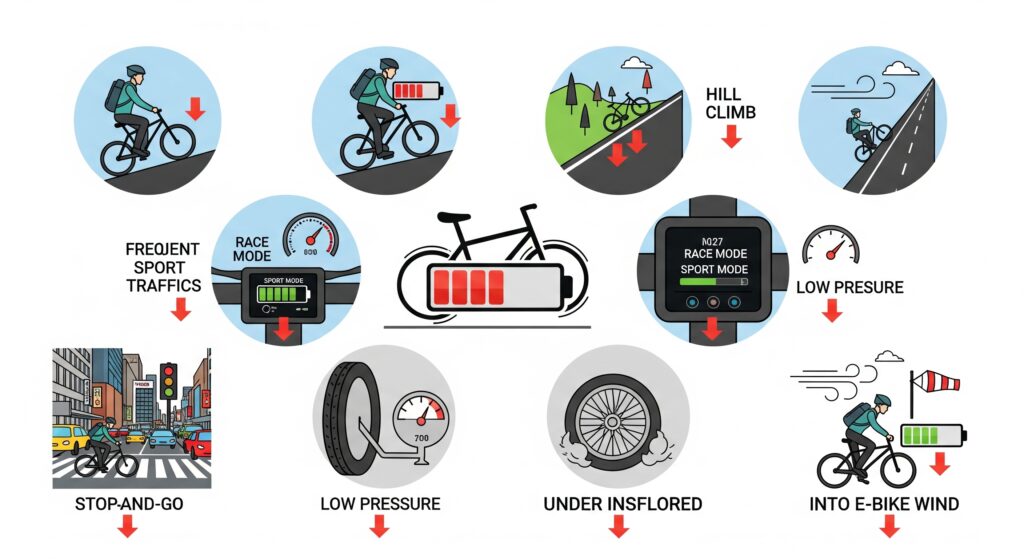
Ask ten riders how far their e-bike can go, and you’ll get eleven different answers—and that’s not just a quirk. It’s because “range” is a shape-shifter.
Manufacturers quote ideal numbers: flat roads, minimal weight, low-speed cruising. But life isn’t a lab test.
So what actually affects how far you’ll get on a single charge?
The Hidden Variables That Shrink Your Range
- Rider weight: The more you weigh (plus any cargo), the harder the motor works.
- Terrain: Hills? Forget it. Uphill rides are range killers.
- Speed & Assist Mode: Eco mode sips energy. Race mode gulps it.
- Stop & Go Riding: City traffic and constant braking = battery drain.
- Tire Pressure & Wind: Soft tires and headwinds slow you down, making the motor hustle more.
Basically, everything that makes real-world riding real also makes it harder to predict range.
Why This Matters for Commuters
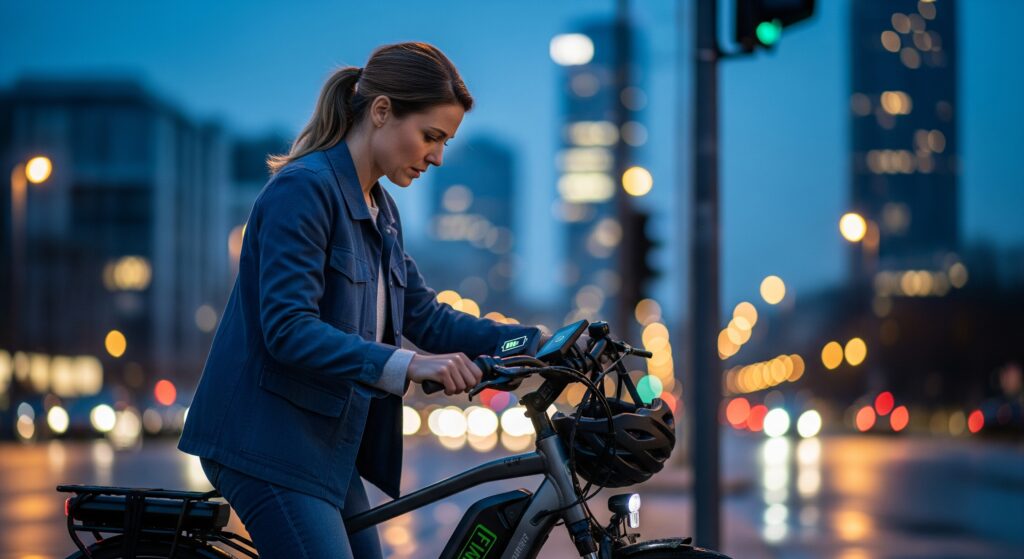
For everyday riders—especially commuters—you don’t want to guess. You want to know you can make it there and back. The last thing you need is that creeping fear mid-ride: “Do I have enough juice to get home?”
That’s why this test wasn’t about numbers in a brochure. It was about trust.
FAQ—What’s the difference between advertised range and real-world range?
Q: Why does my e-bike never hit the range listed on the website?
A: Because most advertised ranges assume best-case conditions: lightweight rider, flat terrain, low assist mode, minimal wind, and no cargo. Real-world range accounts for everyday challenges like hills, traffic, and speed bursts—so it’s often 20–40% lower than the spec sheet says.
Meet the Rider & the Test Setup
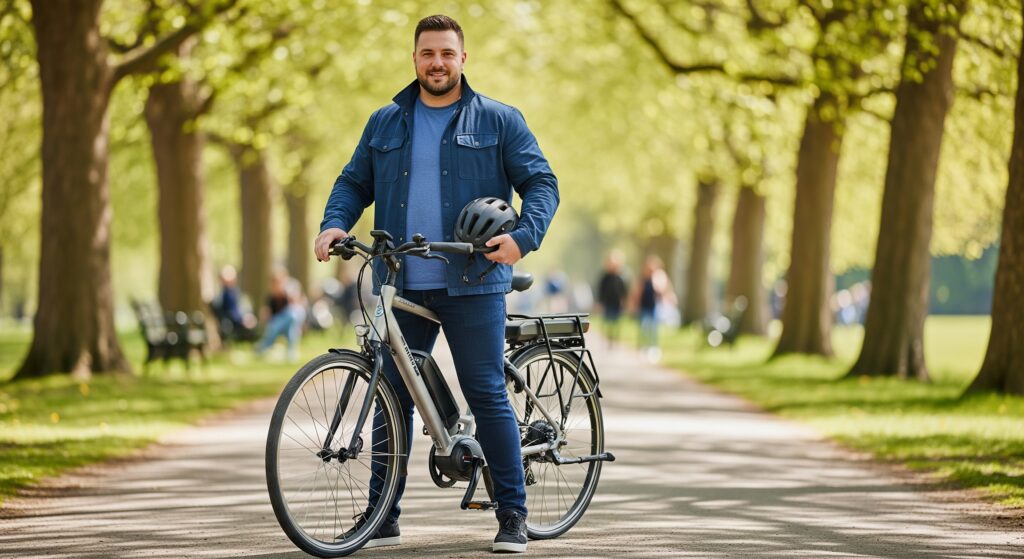
If you’re going to judge a bike’s real-world range, context is everything. So here’s ours.
Rider Profile: Not a Featherweight, Not a Racer
- Height/Weight: 6’2”, 210 lbs
- Riding Style: Urban commuter, moderate pedaling effort
- Gear Carried: Basic commuting gear, backpack (~8–10 lbs)
This isn’t a pro cyclist or a battery-saving minimalist. This is your average big-and-tall rider, doing real-life riding—not drafting behind vans or coasting on country roads.
The Bike: Juiced CrossCurrent X Step-Through
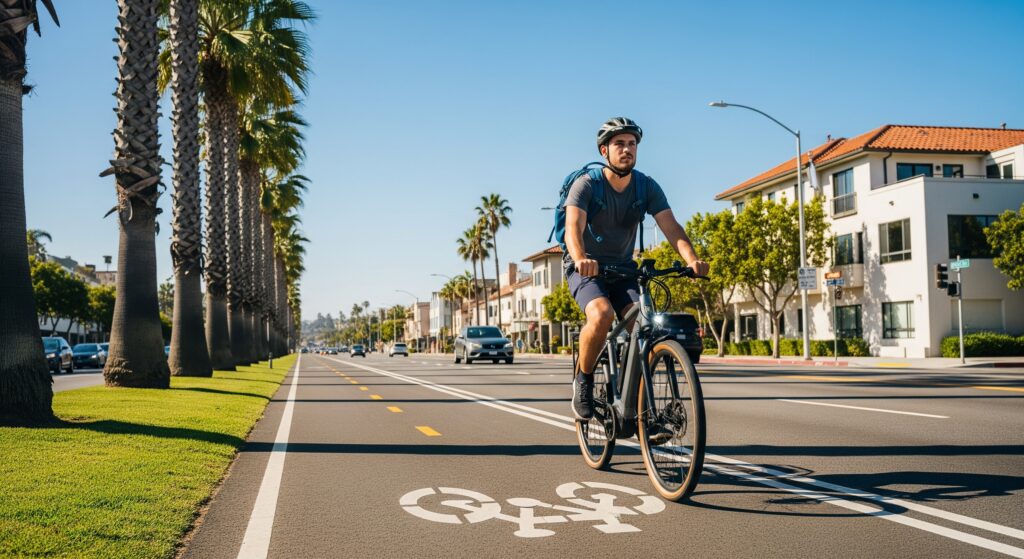
- Motor: 750W Rear-Hub
- Battery: 52V, 15Ah (780Wh)
- Tires: 1.75” street-style, inflated to 65 psi
- Assist Modes Used: Primarily Eco and Level 2–3; occasional bursts to Race mode
This bike is built for serious commuters—people who actually rely on their e-bike to replace a car. So we tested it like one: through city streets, bike lanes, traffic stops, and elevation changes.
Riding Conditions
- Location: San Diego, CA
- Total Days Ridden: 5
- Weather: Sunny, mild winds (~5–10 mph)
- Terrain: A mix of flat roads, gentle hills, and moderate elevation gains
There were no tricks here. No downhill bias, no tailwind abuse, no superlight tires swapped in to cheat the numbers. Just a human rider, a loaded e-bike, and the city as it is.
FAQ—Does rider weight really impact range?
Q: I weigh more than 200 lbs. Will I get less range?
A: Most likely, yes. Heavier riders require more motor output to maintain the same speed, which drains the battery faster. But it’s not a deal-breaker — assist level, terrain, and pedaling effort also play a big role in balancing it out.
The Ride Breakdown—How Far Did We Get?
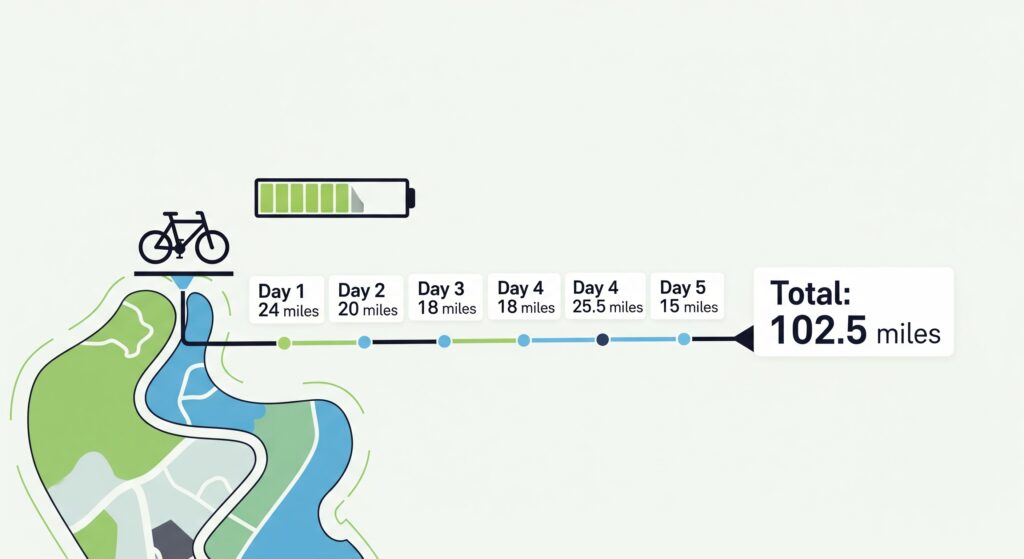
So how far can you really go on a single charge?
Over the span of five riding days—all on one full battery—our rider covered 102.5 miles. That’s not a typo. No recharge in between. Just one battery, one city, and five days of stoplights, slopes, and sweaty backpacks.
The Breakdown (Without the Boring)
Here’s what that looked like in the real world:
- Day 1: 24 miles—downtown loops, moderate pedal assist
- Day 2: 20 miles—breezy beachside riding, consistent pace
- Day 3: 18 miles—hilly neighborhoods, heavier use of assist
- Day 4: 21.5 miles—errand run + return route, full cargo
- Day 5: 19 miles—gradual voltage dip, finished near cutoff
No, it wasn’t all flat. Yes, the rider used pedal assist—mostly Eco and Level 2, but with the occasional “screw it” moment in Race mode for hills or headwinds. That’s how real people ride.
And by the end? The voltage readout dropped below 46V, and the controller cut power. Total range: 102.5 miles, with full commuter conditions.
So… is 100+ miles repeatable?
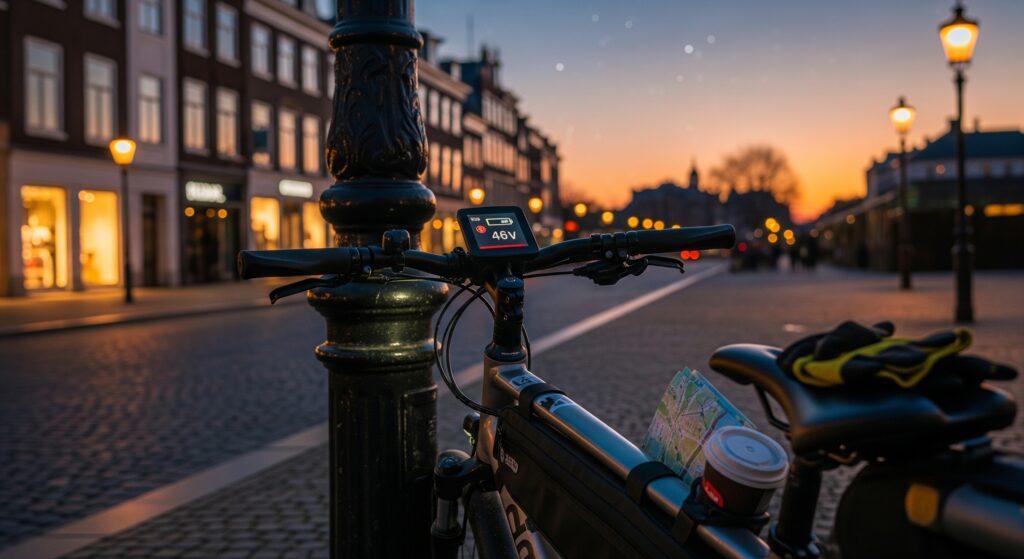
It depends.
If you ride like this tester—some pedaling, mostly moderate assist, city terrain—yes, it’s absolutely possible. But if you’re constantly throttling, carrying cargo, or living in a hilly area? Expect less.
Still, compared to most “up to 40 miles” claims in the e-bike world? That’s impressive.
FAQ—What’s a realistic daily range for commuters?
Q: Can I count on 20 miles a day without recharging?
A: With a 52V, 15Ah battery and mixed-use riding like this test, yes — 20+ miles a day is sustainable for 4–5 days straight. If you crank assist or carry more load, that number may drop to 15–18. But in most city setups, you’re solid.
What Really Affects Your E-Bike Range?
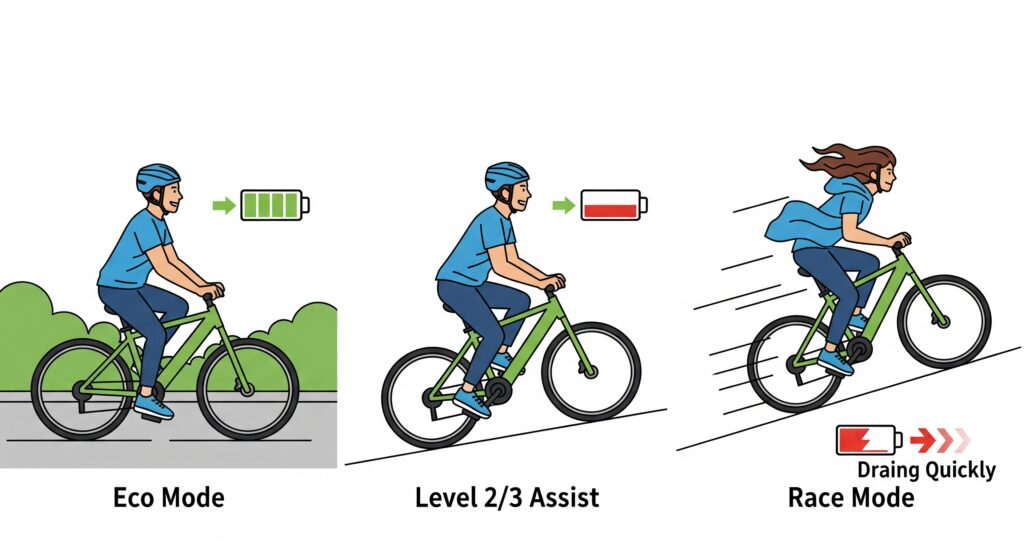
Here’s the thing: range isn’t just about the size of your battery. It’s how — and where — you ride.
Let’s unpack what truly matters when it comes to squeezing every last mile from a single charge.
1. Assist Level (AKA Your Right-Hand Habit)
Every bump in pedal assist adds a silent cost. The more you lean on it, the faster your juice drains. Eco mode stretches the ride; Race mode? It burns fast but feels oh-so-satisfying.
Pro Tip: Stick to Eco or Level 2 for flat rides. Save higher levels for hills or windy stretches.
2. Terrain & Elevation
Uphill climbs are like a treadmill on max incline. Your motor has to work harder, especially if you’re not pedaling much. Even gentle elevation gains add up over a 10–20 mile ride.
3. Throttle Use vs Pedal Assist
Throttle-only riding (no pedaling) feels great… until you realize it slices your range by 30–50%. Light pedaling, even lazily, dramatically helps battery life.
4. Rider Weight & Cargo
This one’s simple physics: more weight = more motor effort = more battery drain. If you’re hauling groceries or gear, plan accordingly.
5. Wind, Tire Pressure & Stops
Headwinds? Instant energy thief. Underinflated tires? Added rolling resistance. And constant stop-and-go? It’s like city driving for cars—inefficient and draining.
FAQ—Can I really double my range just by riding differently?
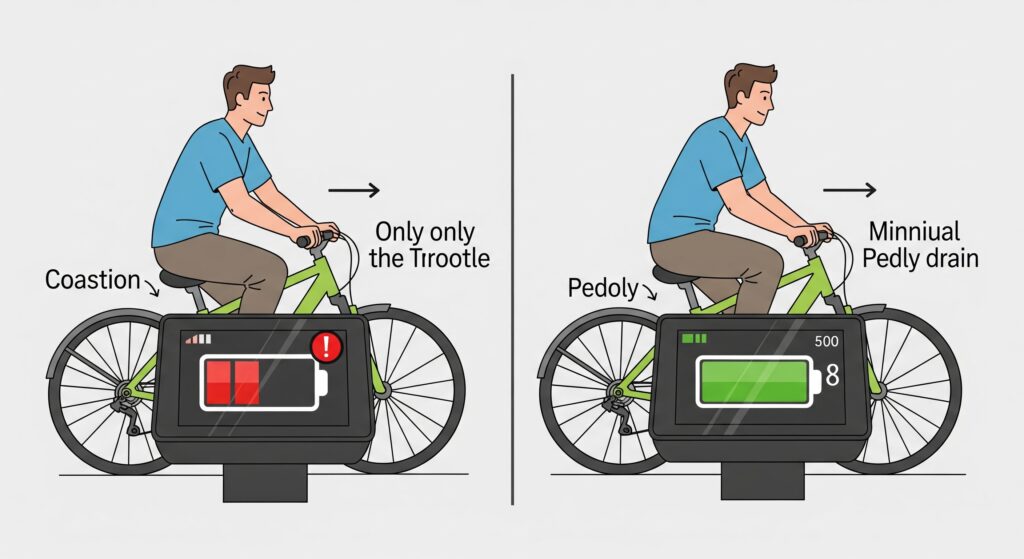
Q: Is it true that smart riding can double e-bike range?
A: Almost. If you switch from full-throttle riding to light pedal assist (Eco mode), maintain good tire pressure, and avoid heavy cargo or constant stops, you can increase range by 40–70%. That’s the difference between recharging every day… or every week.
Tips to Maximize Your E-Bike Range (Without Riding Like a Monk)
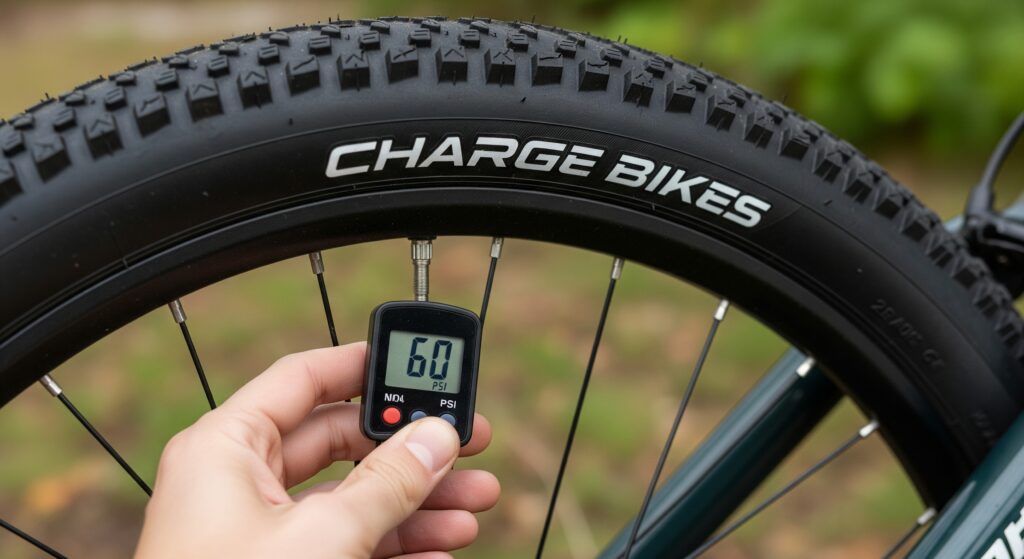
Let’s be real: nobody’s buying an e-bike to ride like they’re conserving oxygen on Mars. You want performance and practicality.
But the truth is, with a few small tweaks, you can stretch your battery life significantly — no spreadsheets or sacrifices required.
1. Start in a Lower Assist Mode
It’s tempting to blast off in Level 5, but those first few seconds are where your motor burns hottest. Instead, start in Eco or Level 1, then ramp up if needed once you’re rolling.
2. Mind Your Momentum
Stop-and-go kills range. Anticipate lights, coast when you can, and try to keep a steady pace. Think of it like hypermiling… but on two wheels.
3. Keep Those Tires Topped Off
Low tire pressure = more rolling resistance. Check your PSI weekly. Proper inflation can boost efficiency more than you’d think—especially on commuter tires.
4. Pedal a Little—Even When You Don’t Need To
Just a bit of input from your legs helps the motor not work as hard. Think of it as battery teamwork.
5. Ditch the Dead Weight
Got a loaded rack or an overloaded backpack? Extra pounds mean extra pull on the motor. Travel light when you can — or at least distribute weight evenly.
FAQ — What’s the #1 easiest thing I can do to improve range?
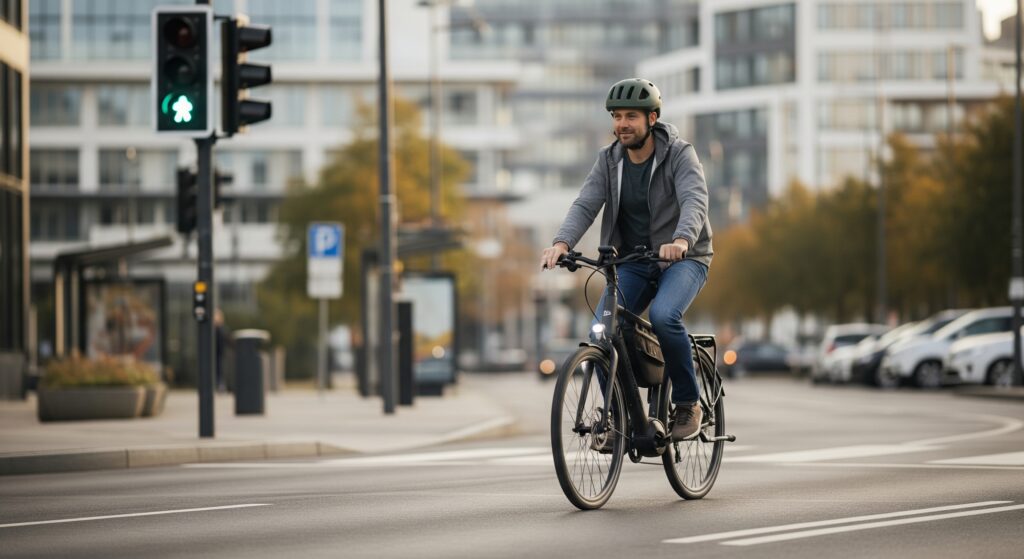
Q: I don’t want to change how I ride. What’s one simple thing that works?
A: Keep your tires properly inflated. It’s the lowest-effort, highest-impact tweak. Under-inflated tires quietly steal range every mile. Check them once a week — it’s like giving your motor a break without changing anything else.
Final Takeaways — What This Test Actually Proves
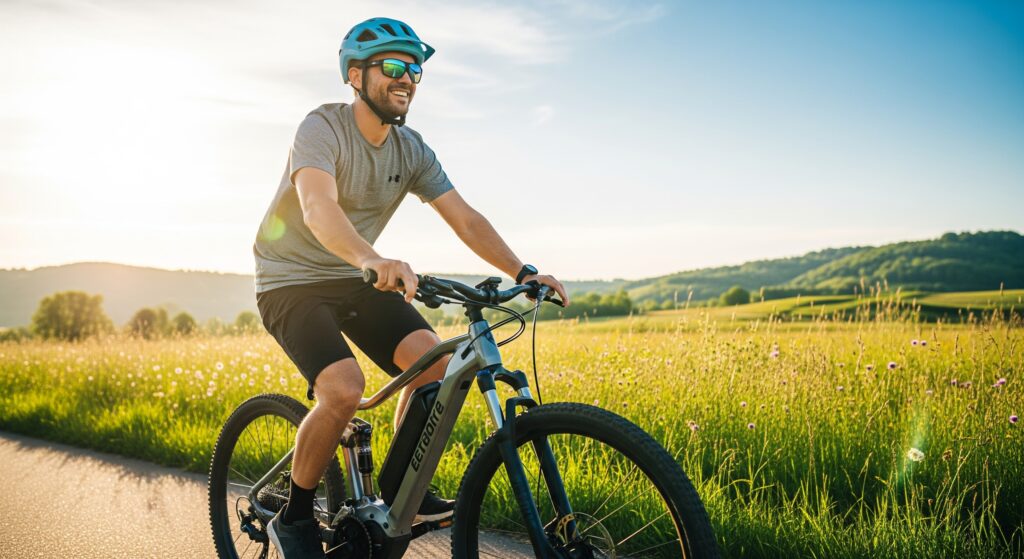
Range isn’t just a number on a spec sheet — it’s a feeling. And for most e-bike riders, that feeling is some combination of excitement… and low-key anxiety.
This test wasn’t about hitting a high score. It was about something much more grounded: trust.
Here’s what we proved:
- Yes, you can get over 100 miles on a single charge — if you ride smart.
- No, you don’t have to baby your bike or pedal like a Tour de France contender to do it.
- And yes, conditions do matter — but they don’t have to rule your ride.
More importantly, it showed that with the right setup — like a Juiced 52V system paired with practical assist usage — you don’t have to think about range every day. You can just… ride.
You leave the house without doing battery math. You take the long route home without fear. You stop obsessing over the voltage readout and start thinking about lunch instead.
And that’s the real win.
Conclusion: Ride Farther, Worry Less
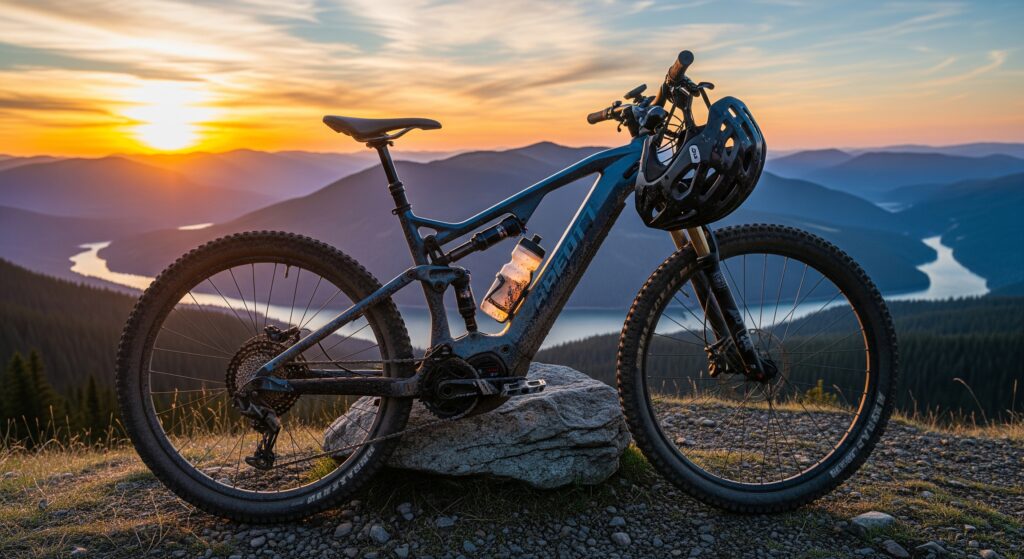
If you’ve been on the fence about whether that “up to 75 miles” claim means anything in real life — now you know.
It does. But it depends on how you ride.
What we learned from this test wasn’t just that the CrossCurrent X can go the distance — it’s that range confidence changes how you ride. It quiets the doubt. It opens up detours. It gives you back the mental space to enjoy the ride instead of rationing every mile.
So whether you’re commuting, cruising, or clocking errands, here’s the takeaway: with the right setup and just a little awareness, real-world range can feel… pretty unreal.
